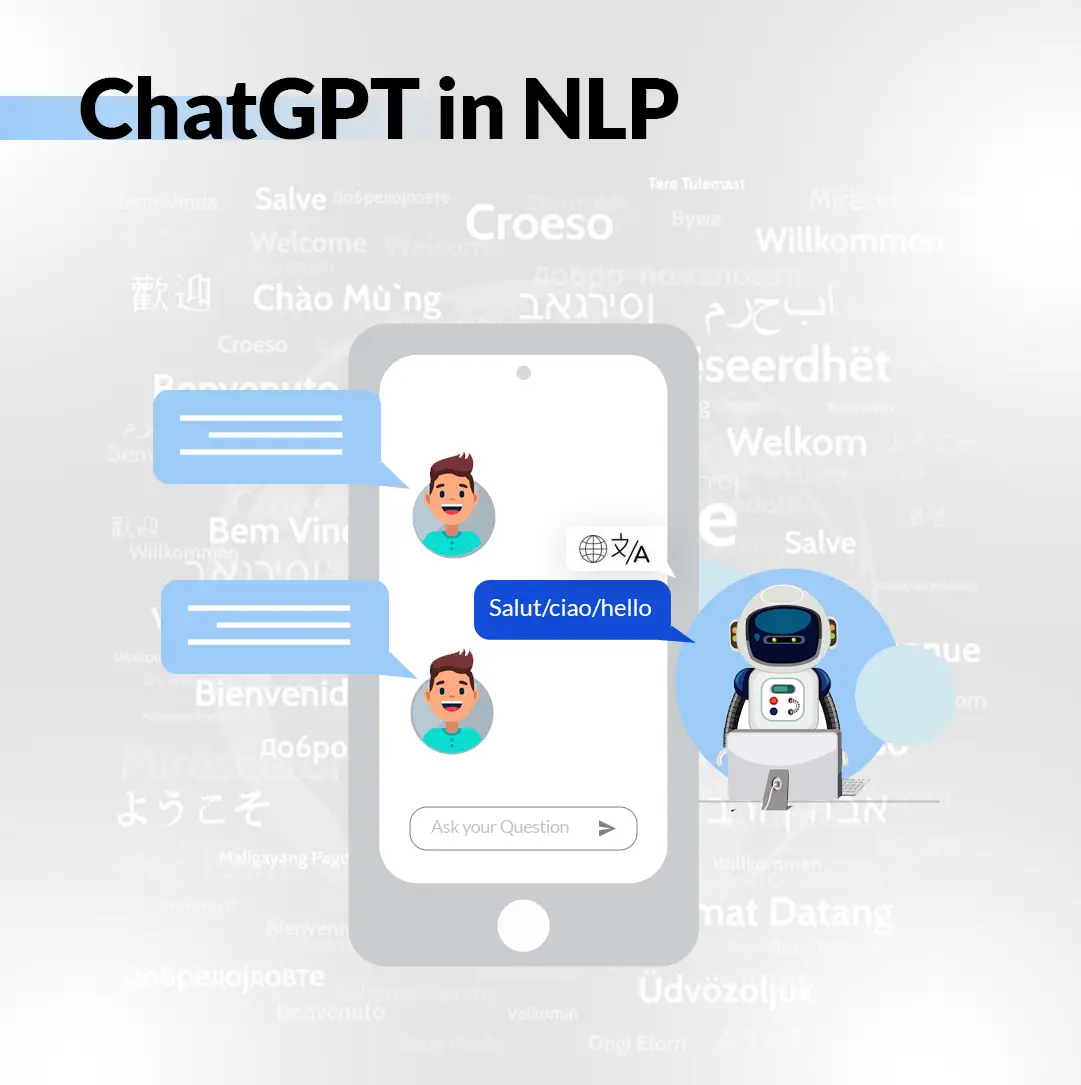ChatGPT Language Revealed: Nonsensical Inputs
Exploring how ChatGPT processes and responds to nonsensical or unusual language inputs.

Understanding Nonsensical Inputs in ChatGPT's Language Processing
What are Nonsensical Inputs and Their Role in Testing AI?
Nonsensical inputs—phrases or sentences that lack conventional logic or semantic coherence—might look like meaningless strings of words or surreal, ungrammatical statements. But in the world of AI research, they’re more than linguistic curiosities. These inputs are a valuable probe for understanding how models like ChatGPT handle ambiguity, break patterns, and generate responses when meaning isn’t obvious. By introducing nonsense, researchers can strip away context and observe what the model defaults to when faced with unfamiliar or illogical constructions.
This kind of testing isn’t just academic. It helps developers and cognitive scientists alike explore the boundaries of AI-generated coherence, shedding light on where machine language diverges from human understanding. For a broad overview of ChatGPT’s architectural and generative capabilities, you can explore this foundational article.
The Psycholinguist’s Approach to Studying ChatGPT
Psycholinguistics, which blends linguistics with cognitive science, offers a unique lens for evaluating AI language models. Researchers in this field have long used nonsense words and syntactically odd constructions to study how humans process language. Now, they’re applying the same techniques to systems like ChatGPT to see whether similar response patterns emerge.
When ChatGPT is fed inputs such as “The flurmig diddled the snarfblat under a greebled moon,” it doesn’t crash. Instead, it tries to generate context—guessing at roles, relationships, or even inventing whimsical logic. This reveals the model’s inclination toward coherence, even when presented with incoherence. If you’re curious how this processing reflects ChatGPT’s design principles, the app overview guide offers more detail on prompt handling and generation behavior.
Key Findings from the Psycholinguist’s Study
How ChatGPT Processes Nonsensical Language
What researchers have found is that ChatGPT tends to respond as if nonsensical inputs were metaphorical or poetic, rather than rejecting them outright. It leverages learned statistical patterns to construct answers that sound plausible, even if the question lacks real-world grounding. This is both a strength and a vulnerability: the model can keep the conversation flowing, but sometimes at the cost of factual integrity or interpretative precision.
For example, when prompted with word salad or contradictory phrases, ChatGPT might generate a coherent narrative or explanation that has no basis in logic but fits linguistic conventions. This shows that the model doesn’t “understand” language in a human sense—it simulates understanding by drawing on massive patterns observed in training data.
What the Study Reveals About ChatGPT’s Understanding
The implication is that ChatGPT operates on a highly advanced form of pattern recognition, rather than semantic comprehension. It recognizes how words are used together, not necessarily what they mean. This is why it can generate impressive essays and detailed summaries, but may struggle with abstract reasoning when context is missing or data is malformed. For developers and users aiming to harness its strengths, this insight helps set expectations—and clarify limits. Productivity-focused guides offer practical strategies for using the model more effectively despite these boundaries.
Implications for AI Language Processing
The Limitations of ChatGPT’s Language Understanding
This research highlights a crucial distinction between linguistic fluency and true comprehension. ChatGPT excels at the former—it mimics natural speech, identifies stylistic cues, and maintains tone remarkably well. But its grasp of meaning remains superficial when faced with abstract or nonsensical prompts. This has implications for fields like education, law, and healthcare, where accuracy and contextual nuance are critical.
Understanding this limitation also informs better prompt engineering. Users who recognize that the model "fills in blanks" based on probability rather than insight can better control the risks of AI-generated content, especially in ambiguous situations.
The Future of AI Language Processing and Understanding
Looking forward, advancements in AI language processing may hinge on teaching models to recognize when they don’t know something—and respond accordingly. This kind of self-awareness, often described as "AI epistemology," is in early research stages. At the same time, developers must balance performance improvements with ethical considerations, ensuring that models avoid reinforcing biases or offering false certainty.
Efforts are also being made to combine symbolic reasoning systems with deep learning approaches, which may help models move beyond mere pattern replication toward actual reasoning frameworks. Whether that’s achieved through hybrid models, memory augmentation, or multimodal input remains to be seen.
By studying how AI responds to nonsense, we aren’t just looking at its quirks—we’re probing the outer edge of machine-generated thought. And through that, we’re slowly shaping a clearer, safer path forward for language AI.